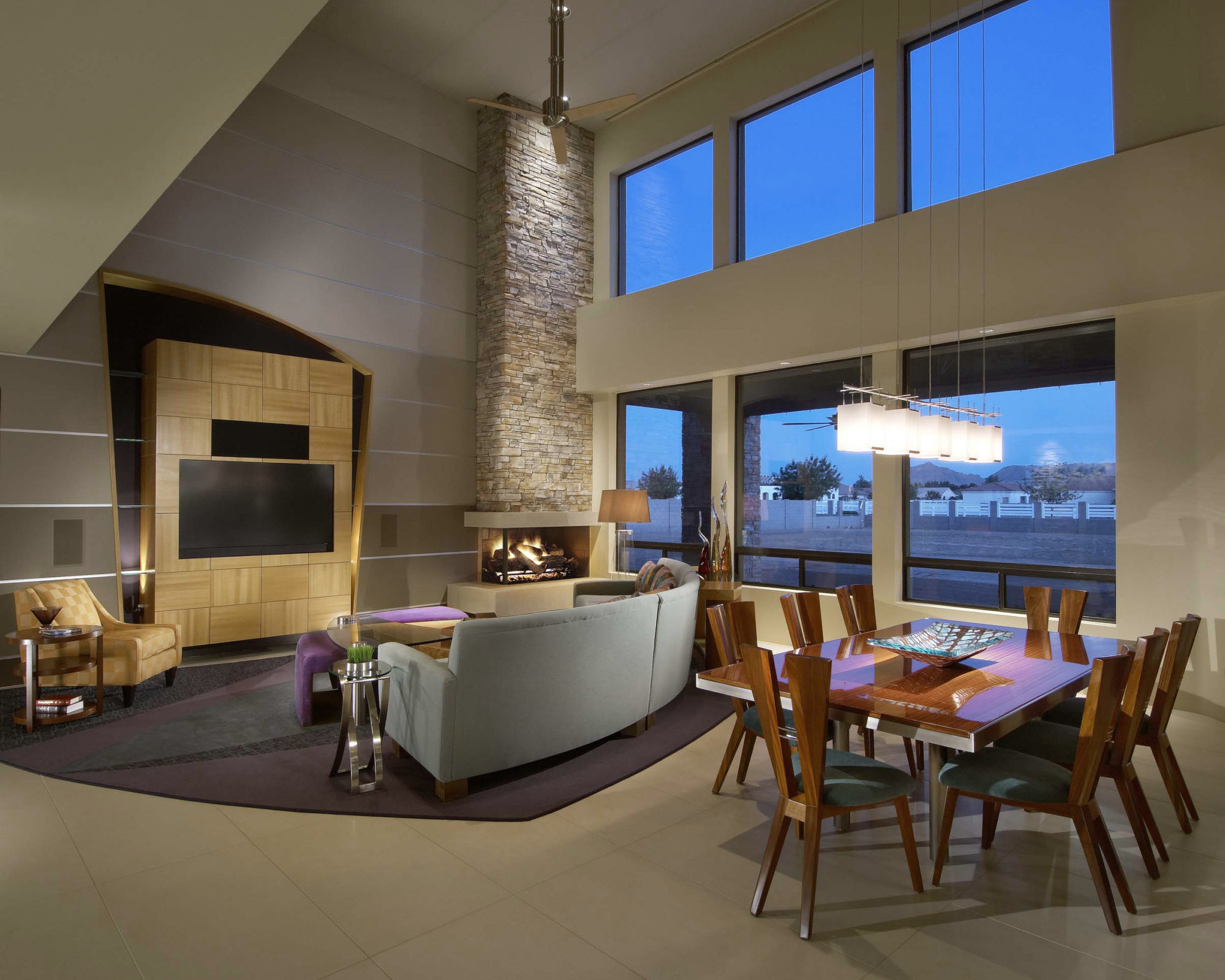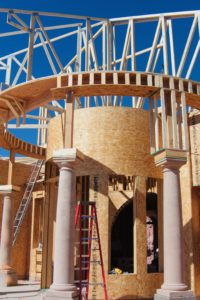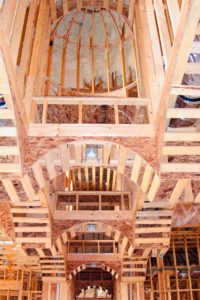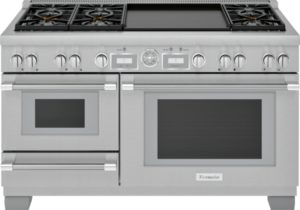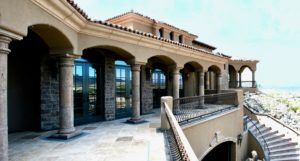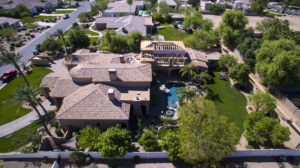As a custom home builder, we’ve encountered all kinds of strange and interesting tales. Thought I would do a short, lighthearted, post about some of these.
One of the more memorable and strange requests was from, I’ll call him “The Bachelor”. He was doing a whole house remodel and wanted his and her toilets….side by side. I couldn’t ask about why because I didn’t want to know. Oh boy, women want the man to use an entirely different bathroom, much less sitting on the john next to him! We didn’t end up doing the job but I often wonder if he found “The One who would sit by his side, come what may”!

Then there were the people who wanted us to remodel their home and at our first meeting, they produced a sketch of the layout they had drawn up. Wait…why is there a bathroom that opens up into the kitchen? The woman thought it would be really convenient. I will always laugh replaying in my mind Kevin trying to explain to them why it wasn’t a good idea!
Kevin recently visited a home that the people had purchased for the land, not the home. They were wondering if we could help them fix the home. Some of the problems would have been hilarious if someone didn’t have to figure out how to fix and pay for them. Here are just a few of the problems:
- The showers controls were totally outside of the shower, requiring one to exit the shower to change temp or pressure.
- The hood over the stove was so high that the exhaust system was useless.
- An old remodel had expanded the kitchen but they placed the refrigerator around the corner and from the cooking triangle one had to go around this large island to get to the refrigerator.
- Then there was the wet bar where someone had either not wanted to waste a pre-cut countertop or someone did a lousy job of measuring and the top hung over the sink on one side by about 2 inches.
Several years ago we encountered the strangest floor plan I’ve ever seen. The people had bought it site unseen before moving here from Ohio. First of all, there was so much wasted space. The rooms were small but the halls were huge- like 6 feet wide and when you walked through the front door, you stepped right into the dining room. There was no pantry in what was a huge kitchen but rather it was a converted bedroom that was located down a long hallway. Words cannot express my dismay!
Then there was our client who didn’t want to have to leave the Master suite to get to his liquor- well it would have been a long walk- I’ll give him that. So, we built a wet bar in the bedroom. Along the same line, we built an indoor putting green adjacent to the master so that our client, an insomniac, could practice his game instead of roaming the halls at night. Hey, this is exactly why people build custom homes!
And, of course, we’ve built many cool safe rooms but I can’t disclose any details. Let’s just say that the options out there now for these are mind blowing.
Or our custom home client who had a little kid’s mini kitchen just off the main kitchen. Mini fridge, microwave, sink and cabinets were stocked with all of their favorite snacks. I actually really like this- it’s keeps their little fingerprints off the one in the main kitchen 🙂
Then there was the time we built the rectory for the Catholic church in Ahwatukee and Kevin opened up a cabinet door and a huge gila monster emerged! I’m sure the priest forgave his language, given the situation.
Back when we were first getting started, we built a custom home for an engineer who counted every 2 x 4, 2 x 6 and piece of wood in the entire house making sure he wasn’t getting ripped off. Nothing against engineers, as they happen to be some of our best clients, as they appreciate the quality and efficiency of our homes.
Some of our favorite clients were Italians who immigrated to Canada and we built their second home here in Arizona. She was Sicilian and about 4′ 10″. I think I told in a past blog how she rolled out her homemade pasta every day but couldn’t comfortably do this with a normal counter height. So, we built the island at a very low height and made some other adjustments to make living more convenient for her.
Lastly, I’ll leave you with this. We did a full remodel on a townhome and Kevin went to pick up the final check. He left and was at the end of the block when his phone rang. It was the woman. She asked him if he could come back. When she opened the door, she grabbed him and hugged him in a full-on frontal position and kissed him before he knew what was happening! I guess she was super happy with us- or with him rather. A simple thank you is just fine!
Hope you’ve enjoyed these Strange and Interesting Tales!
